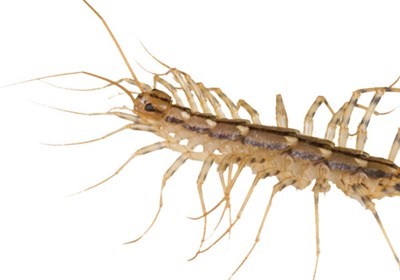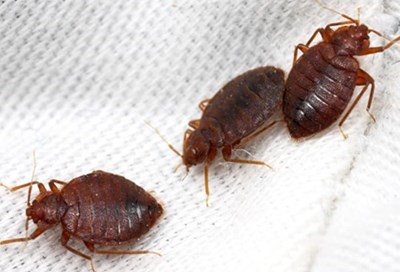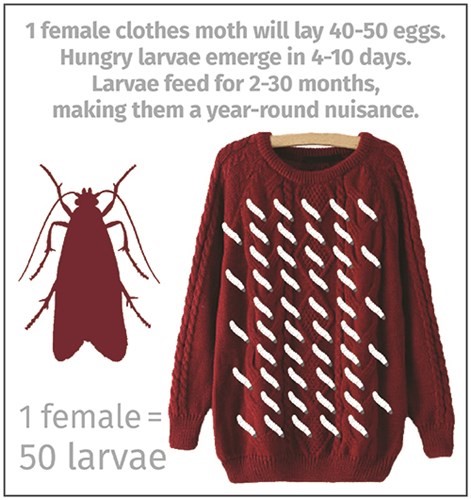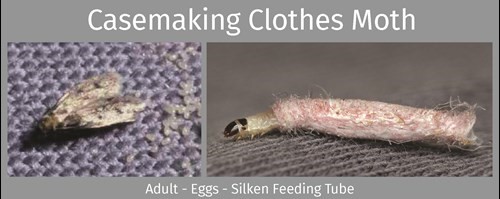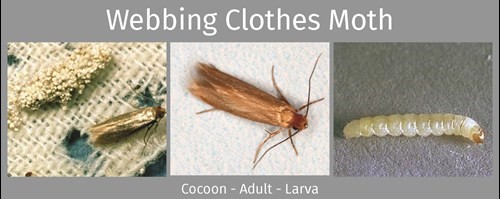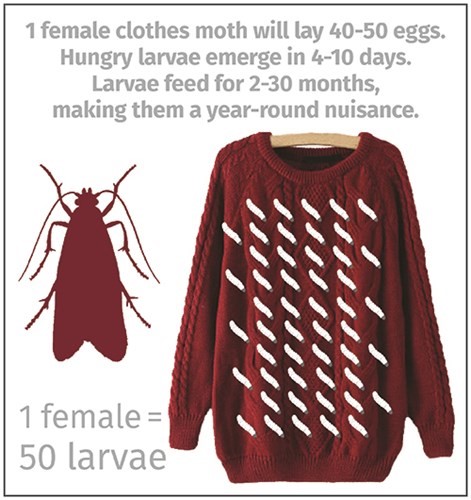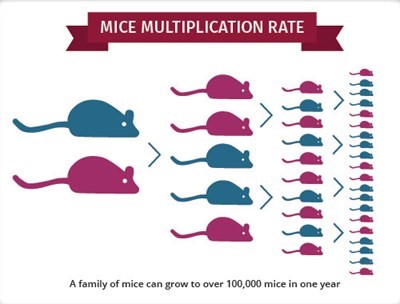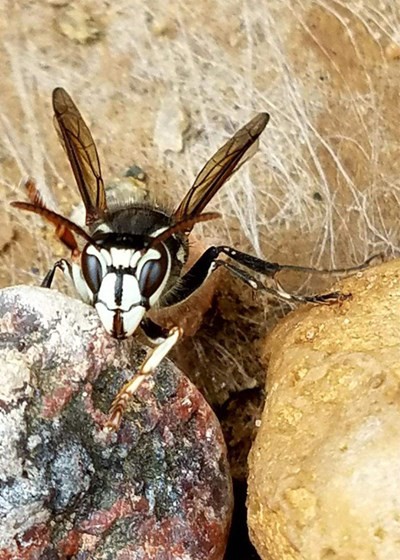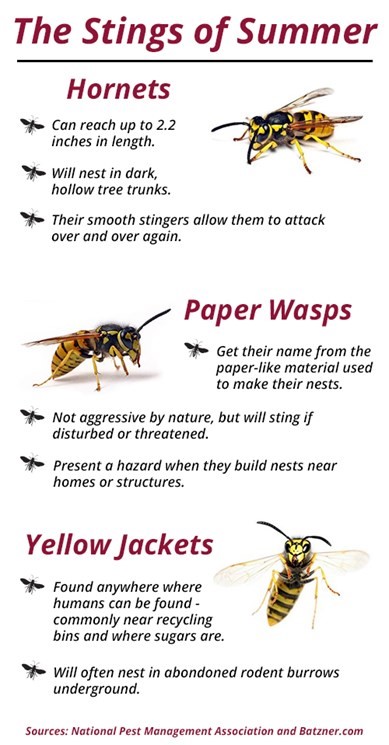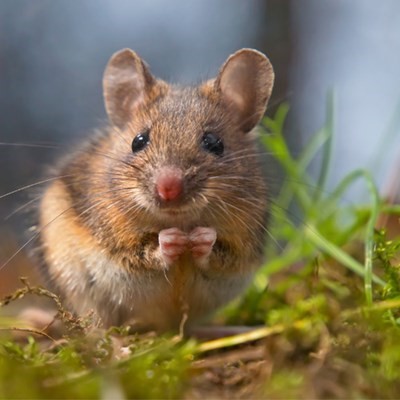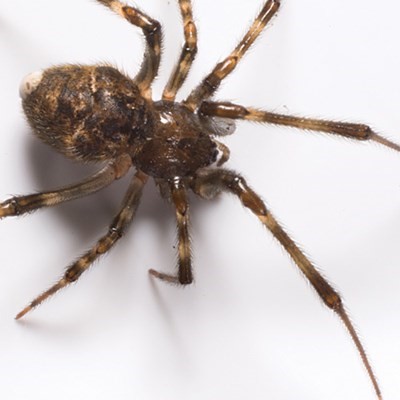There are about 900,000 different kinds of insects in the world, making up about 80% of all of the world’s species. That’s right; insects far outnumber humans. The following list includes 10 of the deadliest insects in the world. While some are not the deadliest, they still have caused reported human deaths.
10. House Centipedes
Terrifying, I know. I personally turn right back into a two year old girl when I see one of these scurry across a wall or carpet in my house. Jumping on top of couches and throwing shoes, I can never seem to actually make the kill. Centipedes pack a painful sting, but it is usually nothing to worry about. However, every couple years, someone does die from a centipede bite, usually due to allergic reaction to its venom.
9. Fire Ants
I sat on a pile of these once; they are no joke. These ants kill their prey by stinging and injecting venom called solenopsin. When a human is bit and injected with a fire ant’s venom, it provides a burning sensation, hence the name. Around 5% of people bitten by fire ants die due to anaphylactic shock.
8. Siafu
What is that? They are similar to fire ants, and they are mainly located in Africa or Asia. They live in colonies of 20 million ants, and a group called soldier ants are the ones who sting to kill prey. Young and elderly people are very susceptible to the bites of these ants, and some have died due to complications. Around 20-50 people die every year from a Siafu bite.
7. Wasps and Bees
This sounds familiar. I feel like the bees were really bad this summer, at least here in Wisconsin. They are just about everywhere you go, and are attracted to sweet things. Most people have experienced a bee or wasp sting, which can be very serious if you are allergic.
6. Asian Giant Hornet
Keeping with the theme, the Asian Giant Hornet is the biggest hornet in the world at 2 inches in length and a wing span of 3 inches. The sting from its 1/4th inch long stinger has been explained as feeling “like a hot nail being driven into your skin.” Definitely not something I want to experience. The venom released by the stinger contains about 8 different compounds that can not only induce discomfort and damage soft tissue, but can release an odor to attract more hornets. Around 70 people die each year from either an allergic reaction to the bees or a direct result of a chemical called mandaratoxin.
5. Africanized Honey Bee
Yes, more bees. These bees hang around in swarms, so if you do get stung, expect to be stung more than once. These bees have been known to take down a horse.
4. Kissing Bug
I know what you’re thinking: “You’re kidding, right?” Nope. The name sounds cute, but they actually get the name because they typically bite people on their faces. There are around 138 known species in existence, most within the U.S. They are able to transmit a harmful parasite that can be fatal. Around 45,000-50,000 people die every year from kissing bug bites. The parasite that the bugs spread causes Chagas disease, which usually leads to death.
3. Tsetse Fly
House flies are annoying enough; a fly that lives off of human blood? No thanks! The tsetse fly is found in the Kalahari and Saharan deserts. Around 250,000-300,000 people die every year from a disease spread by the flies called sleeping disease.
2. Rat Fleas
Fleas can kill? I bet you’re wondering how your pets are even alive. Thankfully, these type of fleas only live on rats. They are known to carry devastating diseases and bacteria. The bacteria called the Yersinia pestis is responsible for killing around ¾ of Europe during the 14th Century. This was referred to as “the Black Death”, a plague that killed between 350-375 million people.
1. Anopheles Mosquito
Don’t get confused, it’s just the regular old mosquito we’re talking about here. They are everywhere, and much like the bees, they were abundant this hot and dry Wisconsin summer. Most mosquito bites only result in a small, red, itchy bump that goes away with a little lotion and time. However, sometimes a bite can lead to serious illness or death. The most popular diseases mosquitos can spread are Malaria and West Nile Virus. There are 1-3 million deaths from Malaria alone each year.

